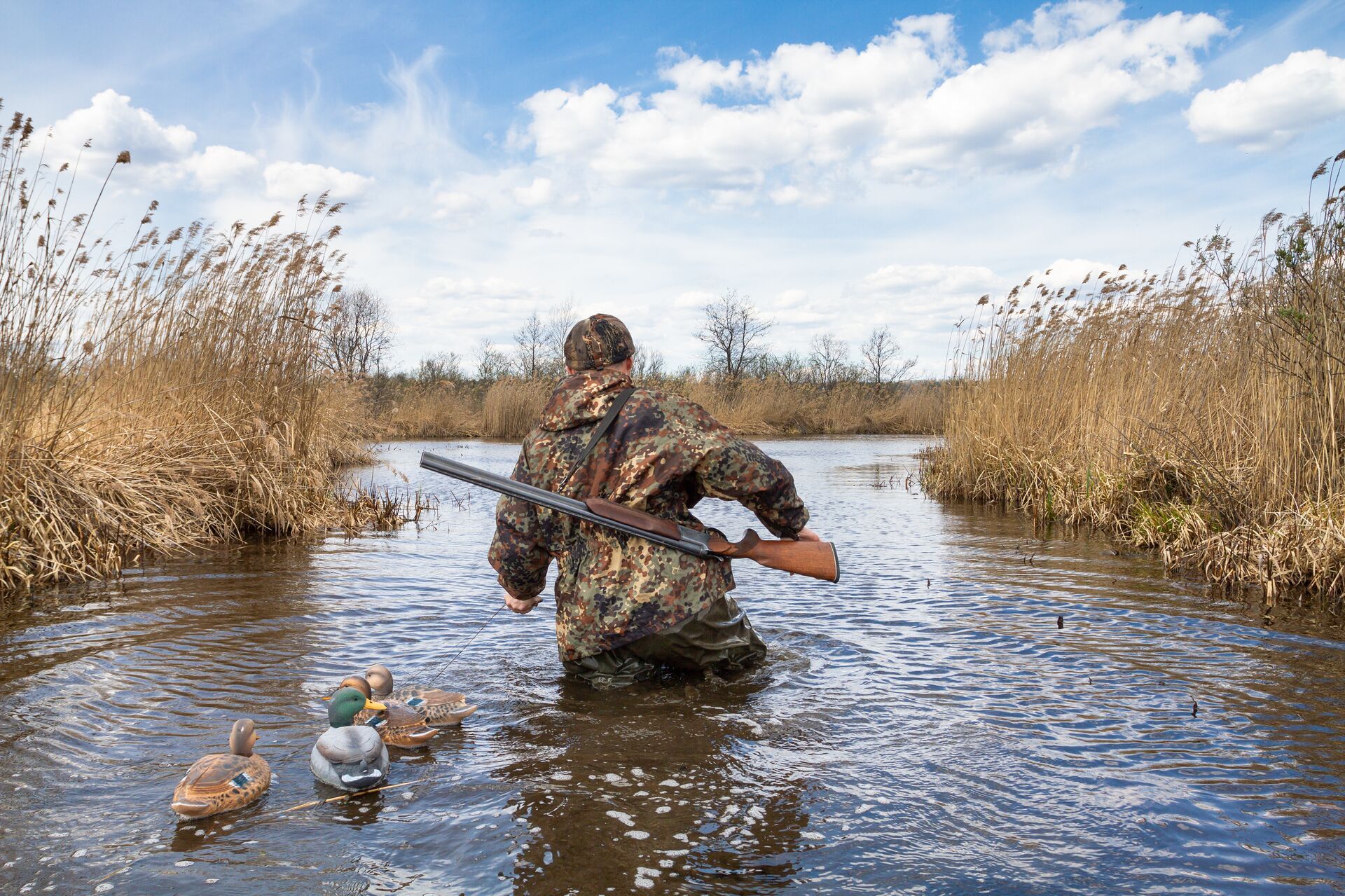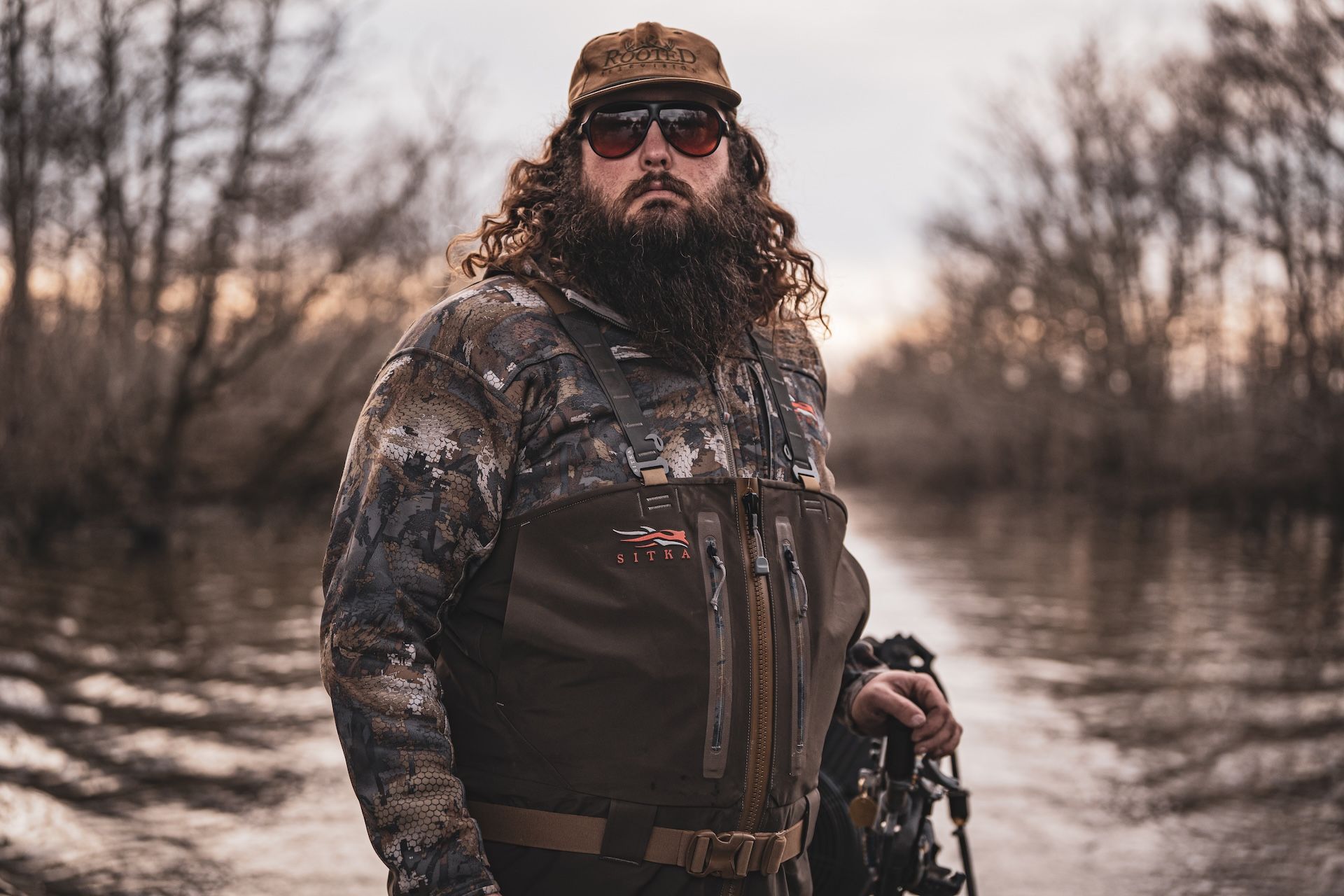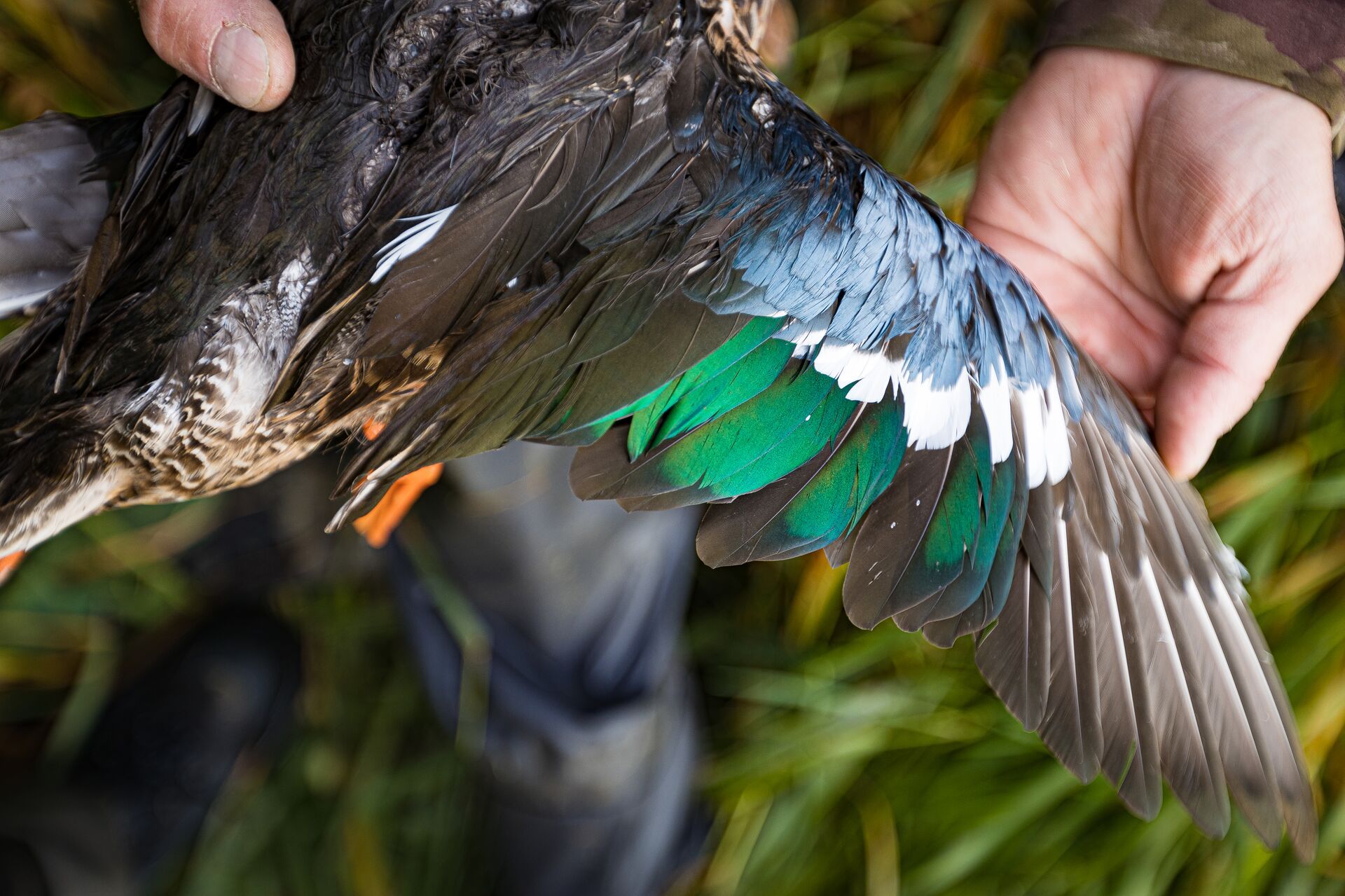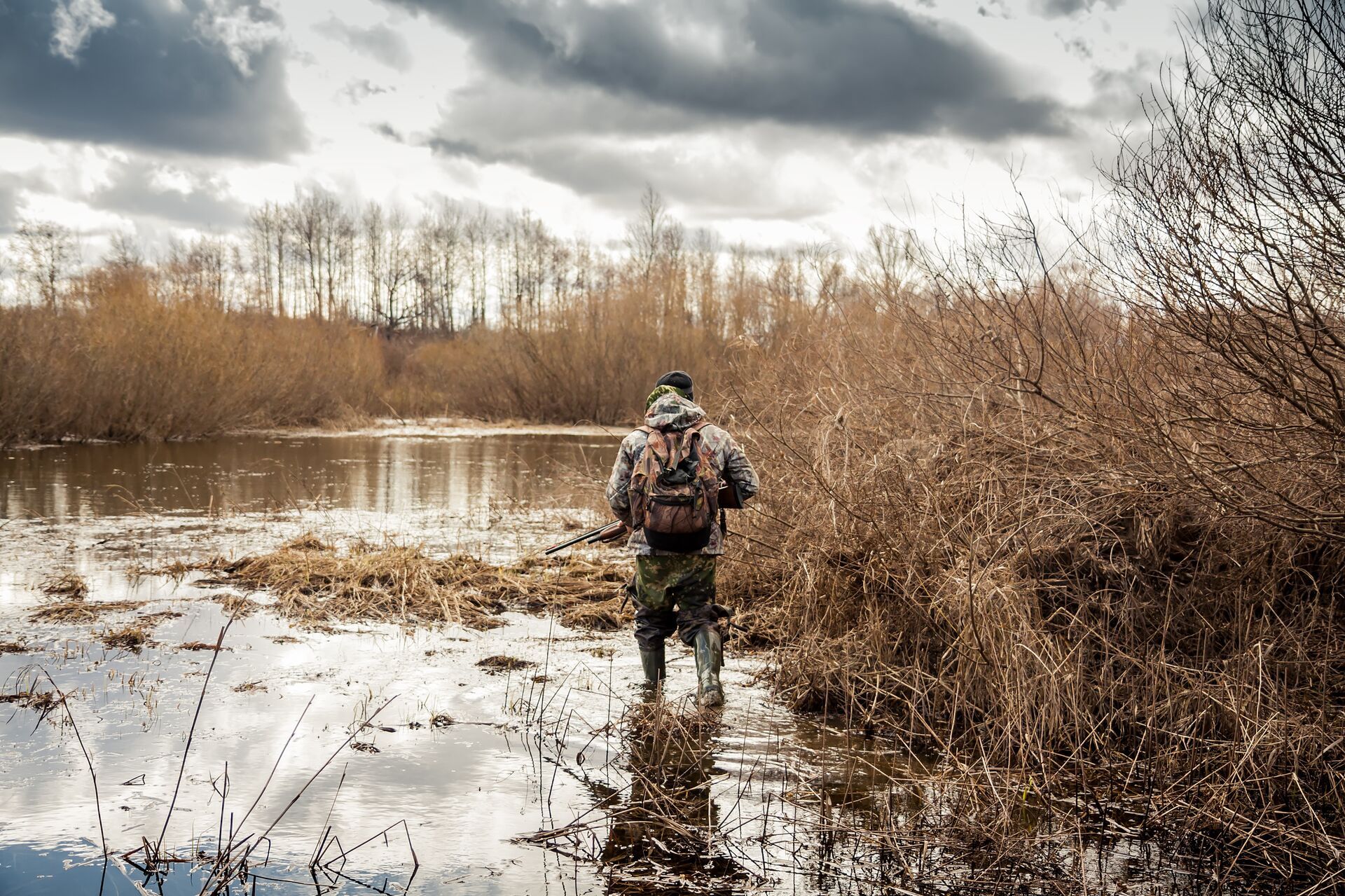Field Guide / Waterfowl
A Guide to the Top Decoy Spreads For Goose Hunting This Season
With whitetail season in the rearview mirror, hunters are focused on taking down Canada geese. To properly hunt these migratory birds, a hunter must have a solid understanding of the tools of the trade, the most important of which are decoys and spreads.
Previous in Waterfowl
More Content Like This

When Is Texas Duck Season? Here's Your Guide
Duck hunting in Texas is more than just chasing birds. It's an invitation to explore the diverse public lands of the great state, sharpen your shooting skills, and bag some tasty free-range game. Read More
Read More
11 Pro Waterfowl Hunting Tips with Ben Cole of RootedTV
Learning from the best is one of the best ways to become a better hunter. So, we've brought you the best tips for waterfowl hunting from our friend Ben Cole of RootedTV. Read More
Read More
A HuntWise Guide to Waterfowl Hunting: Ducks, Geese, and More
There's nothing quite like a sunrise burning off the early morning mist of the first waterfowl hunt of the season while you wait patiently for a morning flight. Across the country, a rich tradition and dedicated group of hunters maintain the legacy a...Read More
Read More Waterfowl
WaterfowlWhen Is Texas Duck Season? Here's Your Guide
Duck hunting in Texas is more than just chasing birds. It's an invitation to explore the diverse public lands of the great state, sharpen your shooting skills, and bag some tasty free-range game. Read More
Read More- Waterfowl
11 Pro Waterfowl Hunting Tips with Ben Cole of RootedTV
Learning from the best is one of the best ways to become a better hunter. So, we've brought you the best tips for waterfowl hunting from our friend Ben Cole of RootedTV. Read More
Read More  Waterfowl
WaterfowlA HuntWise Guide to Waterfowl Hunting: Ducks, Geese, and More
There's nothing quite like a sunrise burning off the early morning mist of the first waterfowl hunt of the season while you wait patiently for a morning flight. Across the country, a rich tradition and dedicated group of hunters maintain the legacy a...Read More
Read More
1 of 3
